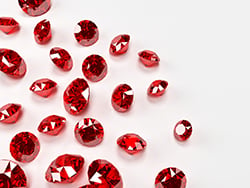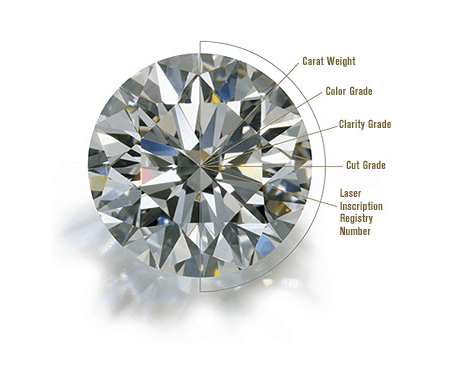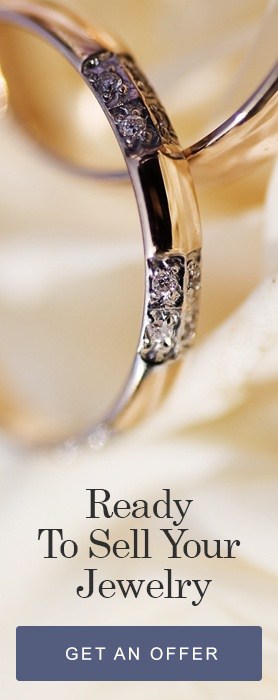Decorative personal fashion pieces classified as fine jewelry may contain a variety of diverse components, but they are overwhelmingly comprised of valuable metals and precious stones. While the range of metals used in fine jewelry is fairly limited, consisting mainly of gold, white gold, silver, and platinum, the same cannot be said for the gems that dot or dominate lovely pieces of fine jewelry. There are literally hundreds of different types of stones that can adorn such pieces. Which of them, therefore, truly qualify to be classified as a precious stone?

The definition of a precious stone
For jewelry lovers, this can be a challenging issue because so many different terms are in current use for stones such as rubies, emeralds, and colored diamonds. These stones may be referred to as gem stones, gems, fine gems, and even jewels. Each one of them is also unquestionably a precious stone.
In terms of geology, all of those examples are technically fashioned from chunks of mineral. Yet it would be a mistake to assume that a precious stone must belong to the mineral family. Some of the most beautiful elements used in jewelry are popularly called gemstones even though in a technical sense they are rocks. Lapis lazuli, with its characteristic gorgeous gold-flecked blue surface, is actually derived from rock, yet when placed in a setting of finely crafted gold, it will usually be referred to as a precious stone.
Some gemstones are actually have an organic origin – meaning that they come from living things. Amber, for example, is the crystallized ancient sap of a tree, and jet is composed of wood that has been subjected to extreme pressure during the process of decay. Yet both amber and jet are popularly regarded as gemstones and are often used in fine jewelry pieces.
Precious versus semi-precious
Some jewelry lovers make a distinction between the categories of precious and semi-precious as it relates to gemstones. According to a purist definition of these terms, only the diamond, sapphire, ruby, and emerald are members of the "precious" category while all other gemstones are considered to be semi-precious. These four stones stand out in a couple of key respects. They are the stones that were quite rare in antiquity, though in the modern age they are somewhat less rare because it is now possible to formulate gemstones in a laboratory setting.
Perhaps more significantly, diamonds, emeralds, rubies, and sapphires all possess hardness ratings above 8 on the Mohs scale. A semi-precious stone according to this classification must fall under an 8 in hardness. This is not to say that such stones are not durable; they are generally quite difficult to scratch or damage in any appreciable way.
Value versus classification
Jewelry shoppers will sometimes find themselves almost lost at sea when it comes to understanding the prices that can quite legitimately accompany a stone classified as "semi-precious." Tsavorite provides an excellent illustration. Technically it is a form of garnet, and most garnets are quite affordable. Tsavorite, however, is a special form of garnet that exhibits a green color. Due to its rarity and desirability, a tsavorite can often command a price higher than emeralds of similar size.
In the end, what qualifies as a precious stone largely depends on how the loosely the term is being applied. This is all to the good, however, since every woman may have different tastes when it comes to fine jewelry.
Read More:









